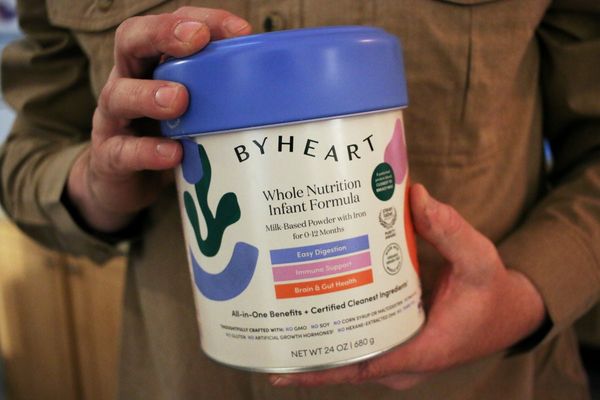Metro commuters faced frustration on Thursday morning as trains were not running to their usual timetable due to "low rail adhesion".
It's a common problem every year on the Metro network - and other railways across the UK - which is otherwise known as "leaves on the line".
"We are running a frequent service with trains running to all destinations but not to the usual timetable. This is due to low rail adhesion," Tyne Wear Metro tweeted on Thursday morning.
Read more: Plea to protect 'vital lifeline' bus in north of Newcastle
So, what is low rail adhesion, why do leaves on the line cause nightmares for the Metro every year, and what is being done to sort it?
What is low rail adhesion or leaves on the line?
You may well have seen alerts from train and rail operators that "low rail adhesion" or "leaves on the line" are causing delays. They're essentially the same thing.
As trees shed their leaves in autumn, they fall to the ground and can blow onto rail tracks. When the leaves meet train wheels, they get squashed, releasing a liquidy or greasy residue on the rail tracks, which reduces grip. It's similar to when leaves fall on a footpath and can make it slippy.
Metro operator Nexus says: "When leaves fall on to the line, particularly in damp or wet weather, the rolling action of passing wheels compresses them, causing a greasy ‘mulch’ to cover the top of the rail.
"This mulch is to rails what ice is to roads. It reduces the adhesion, or ‘co-efficient of friction’ to use the technical term, between the steel train wheels and the rails. Acceleration must be reduced to prevent the wheel from slipping and braking distances need to be extended."
Why is the Metro so badly affected by low rail adhesion or leaves on the line?
While low rail adhesion causes problems for rail networks around the world, the Tyne Wear Metro is especially susceptible.
As a large part of the network is overground, it is close to trees. The tracks are also often at a lower elevation than neighbouring streets, so leaves that are blown onto the lines can get stuck there. The mulch can also hamper the signaling system.
The Metro trains themselves are also vulnerable.
Nexus says: "Because of their lightweight construction and rapid acceleration, Metro trains are particularly susceptible to LRA conditions. If you’re a regular Metro customer, you can probably sense the wheel “slipping” on a train if you’re travelling through an area that’s affected."
What is Nexus doing about low rail adhesion on the Tyne Wear Metro?
Metro drivers are trained in how to deal with rail adhesion issues, Nexus says, while tree surgeons and leaf clearers are employed to clear up tracks during the autumn months.
In the mornings, a cleansing solution is applied to the rails during the autumn months.
Traction gels and silica sand - used to dry surfaces - are also applied.
The new Metro trains set to arrive in summer 2023 will be fitted with technology to add grip to the tracks in autumn.
"The trains are fitted with a device that deploys sand on to the rail head at the touch of a button, helping to reduce low rail adhesion in the autumn months," said Tyne Wear Metro on Twitter.
Read next:







